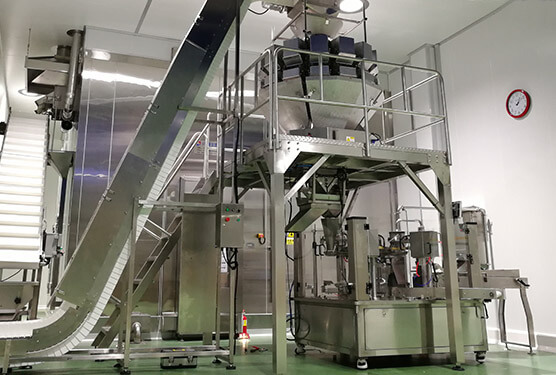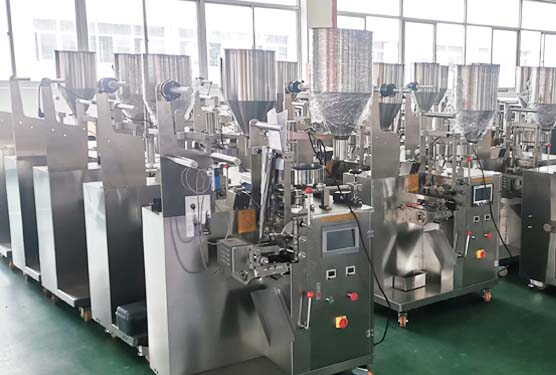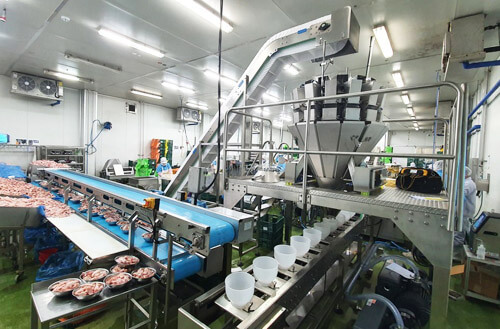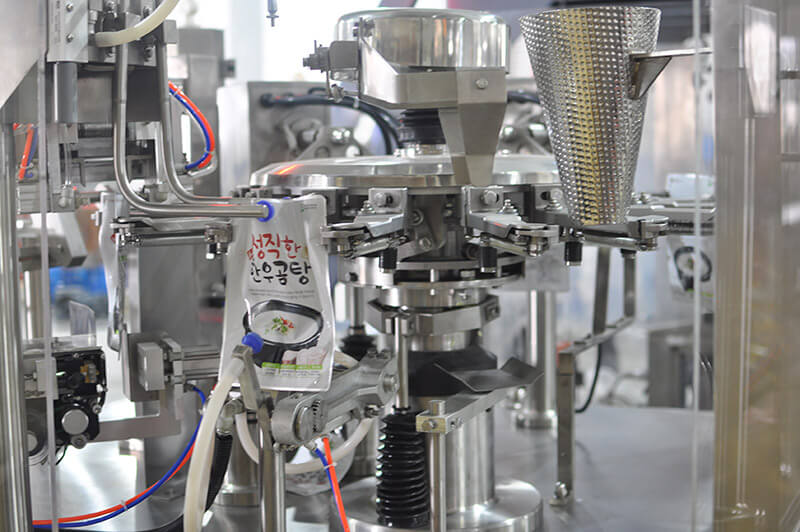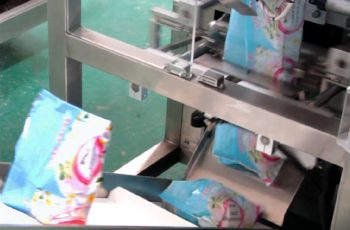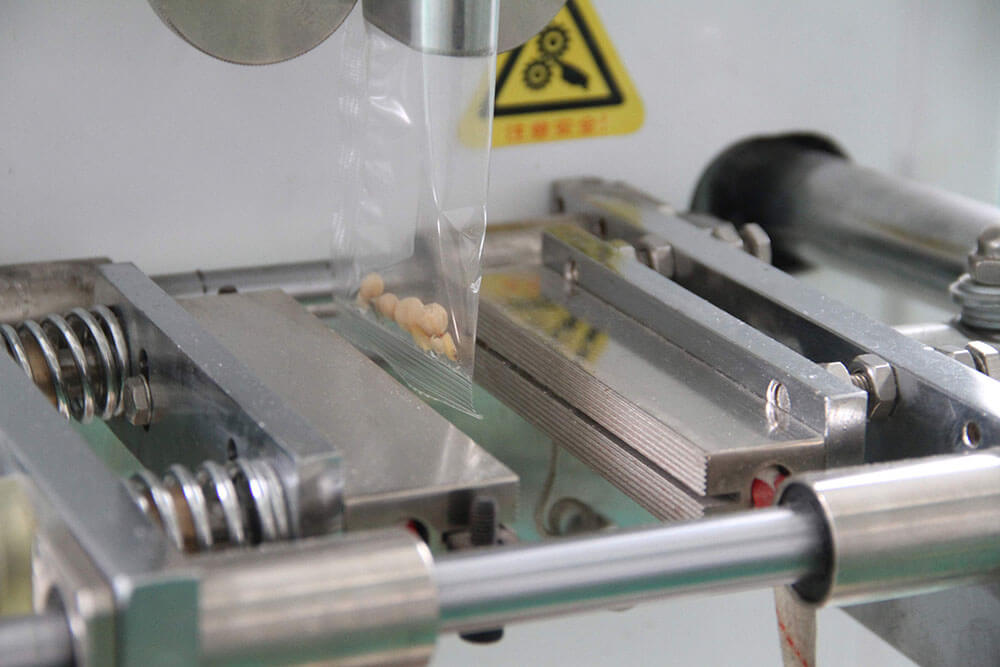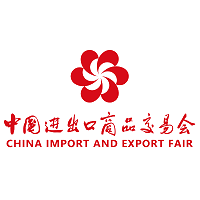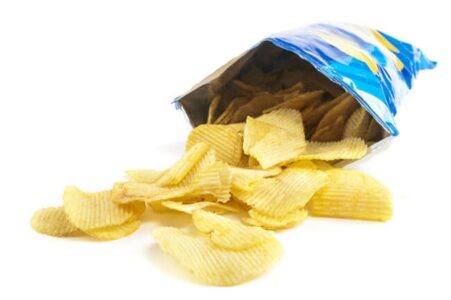Have you ever wondered how your favorite snack maintains its freshness even after sitting on a store shelf for days? Or how fruits and vegetables remain crisp and vibrant? What’s the magic that preserves the nutritional quality of your food products? Could the answer lie in the realm of packaging technology?
Modified Atmosphere Packaging (MAP) is an innovative method used in packaging machines. It is designed to increase the shelf-life of packaged food products. MAP works by altering the atmosphere inside the packaging to slow down product degradation, hence ensuring the food remains fresh, appealing, and safe for a longer time period.
Isn’t it fascinating to uncover the mechanics behind the freshness of your everyday food? Stick around, and we’ll delve deeper into the world of MAP.
What Exactly is Modified Atmosphere Packaging (MAP)?
The heart of Modified Atmosphere Packaging (MAP) lies in the precise alteration of the natural atmospheric composition within the packaging. This involves reducing the oxygen content, often replaced with nitrogen and carbon dioxide. The modified atmosphere within the packaging prevents the growth of spoilage organisms, thereby increasing the longevity of the product.
How Does MAP Packaging Process?
The MAP process, facilitated by advanced packaging machines, involves several crucial steps:
- Removal of air: Initially, the packaging machine removes the natural air inside the packaging, which contains about 21% oxygen, 78% nitrogen, and a small amount of other gases.
- Gas Flushing: Then, the machine introduces a mixture of gases, commonly nitrogen, carbon dioxide, and sometimes oxygen, into the packaging. The gas combination depends on the product being packed.
- Sealing: Finally, the packaging is securely sealed to maintain the modified atmosphere inside.
It’s vital to note that the MAP process is not a one-size-fits-all solution. The proportions of gases used depend on the type of product, its freshness, and the length of time it needs to stay fresh.
What are Some Types of Modified Atmosphere Packaging?
There are several types of MAP used in packaging machines, including:
- Gas Flushing: This involves introducing a gas mix into the packaging before sealing. This method is commonly used for dry foods, cheese, and meat products.
- Controlled Atmosphere Packaging (CAP): In this method, the atmosphere in the packaging continuously changes over time, which is controlled by the product’s respiration. It’s most often used for fruits and vegetables.
- Active Packaging: Here, the packaging material itself has active properties that can absorb or release substances to modify the atmosphere.
- One-Way Valve MAP Packaging: This innovative approach is often seen in coffee packaging. The one-way valve allows gases (like carbon dioxide) produced by the product (freshly roasted coffee, in this case) to escape from the package while preventing any external air from entering. This valve maintains the quality of the coffee beans, preserving their aroma and flavor for an extended period.
How Does Modified Atmosphere Packaging Protect Food for Packaging Machines?
Modified Atmosphere Packaging inhibits the growth of aerobic spoilage organisms and pathogens by reducing the oxygen levels inside the packaging. In addition, increased levels of carbon dioxide can inhibit the growth of bacteria and fungi. Ultimately, MAP helps to maintain the visual, textural, and nutritional appeal of the product, preventing spoilage and waste.
Applications of MAP for Packaging Machines in Various Industries?
Modified Atmosphere Packaging (MAP) has found widespread application across various food industries:
- Meat and poultry: MAP helps in preserving the color and extending the shelf-life of fresh meat and poultry.
- Seafood: It keeps seafood fresh and attractive by delaying spoilage.
- Dairy products: Cheese and other dairy products stay fresh and flavorful with MAP.
- Bakery: Breads, cakes, and pastries maintain their texture and taste when packaged with MAP.
- Fruits and Vegetables: MAP helps in prolonging the shelf-life of fresh fruits and vegetables by slowing their respiration.
- Coffee Industry: The one-way valve MAP packaging used here allows the carbon dioxide produced by freshly roasted coffee to escape while preventing the entry of external air, thereby preserving the aroma and flavor of the coffee beans over time.
FAQs Related to Modified Atmosphere Packaging for Packaging Machines
1. Is Modified Atmosphere Packaging (MAP) safe?
Yes, MAP is completely safe. The gases used in MAP—oxygen, nitrogen, and carbon dioxide—are naturally found in the air we breathe. The technique does not involve any additives or chemicals that could potentially harm consumers or the environment.
2. Does MAP affect the food’s taste or texture?
No, MAP does not affect the food’s taste or texture. Its primary purpose is to maintain the existing qualities of food products by slowing down the natural degradation process. Hence, it effectively preserves the original taste, texture, and nutritional quality of the food.
3. Can MAP packaging be recycled?
The recyclability of MAP packaging largely depends on the type of materials used for the packaging. While the gases used in MAP are harmless, the plastic trays or bags used in the process vary in their environmental impact. Many packaging materials used in MAP are recyclable, but it’s important to check the recycling symbols on the packaging.
4. How does MAP compare to vacuum packaging?
Both MAP and vacuum packaging aim to extend the shelf-life of food products, but they achieve this in different ways. Vacuum packaging removes all the air from the package before sealing it, which can change the texture of some foods. On the other hand, MAP replaces the air with a specific gas mixture, preserving the food’s appearance and texture better than vacuum packaging.
5. How does MAP affect the color of food products?
In many food products, especially meats, color is a key indicator of freshness. MAP helps preserve the natural color of these products. For instance, in the case of red meat, low oxygen and high carbon dioxide environment helps retain its attractive red color.
6. What are the limitations of MAP?
While MAP offers numerous benefits, there are some limitations. The efficacy of MAP can be influenced by factors like storage temperature and the initial quality of the food product. Also, it’s crucial to ensure that the packaging integrity is maintained throughout the distribution process, as any leaks can compromise the modified atmosphere.
7. Does MAP kill bacteria on food products?
No, MAP doesn’t kill bacteria on food products. Instead, it slows down their growth by creating an unfavorable environment for them. It’s still essential to handle and prepare food safely, as MAP isn’t a substitute for proper food hygiene and refrigeration.
8. Can MAP be used for organic foods?
Yes, MAP can be used for organic foods. As it uses naturally occurring gases and doesn’t involve any chemical preservatives, it aligns well with the principles of organic food production.
Conclusion
In a world where food quality and safety are of utmost importance, Modified Atmosphere Packaging (MAP) for packaging machines plays a critical role. It not only extends shelf-life but also preserves the taste, texture, and nutritional quality of food products, making it a significant player in the food packaging industry.

